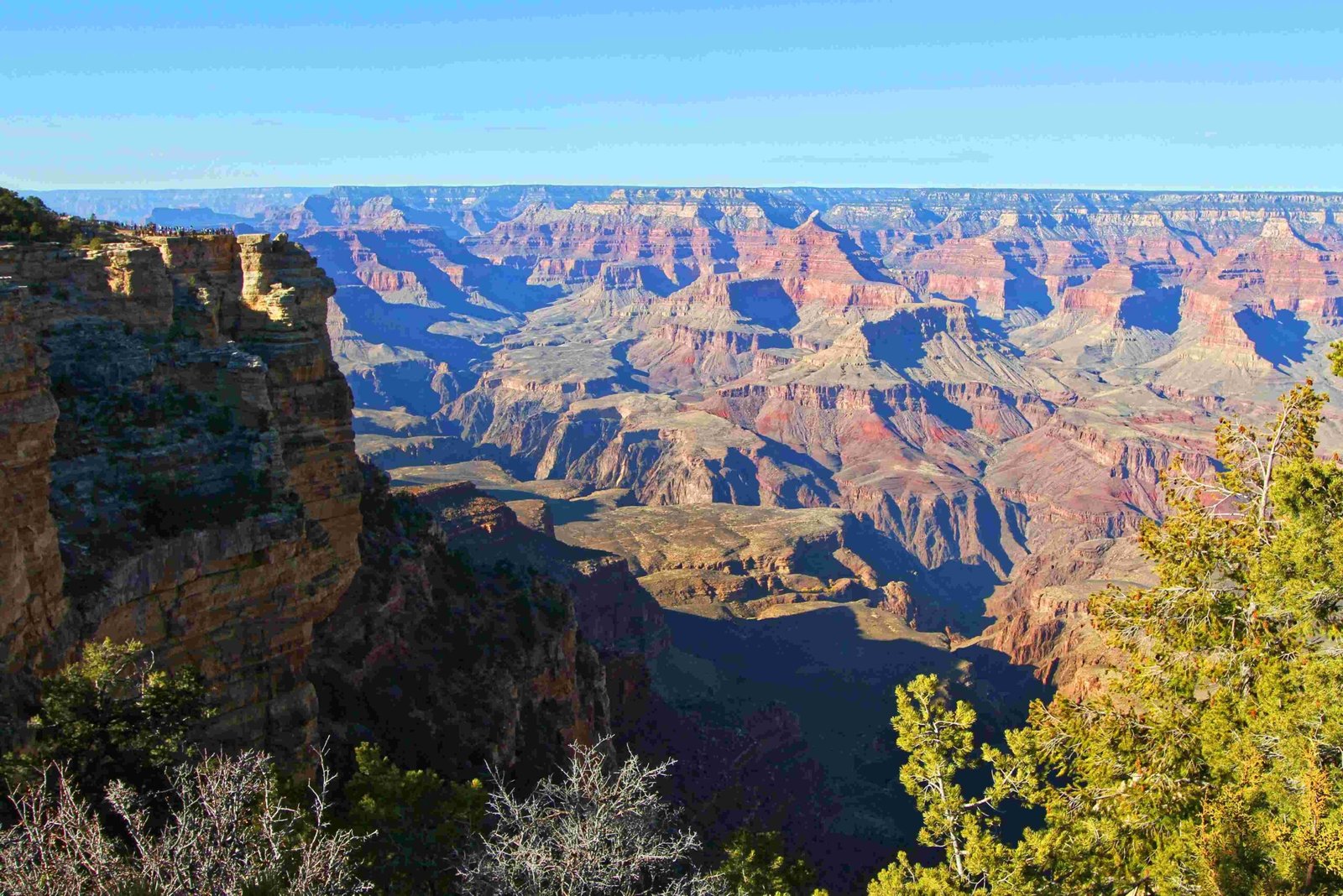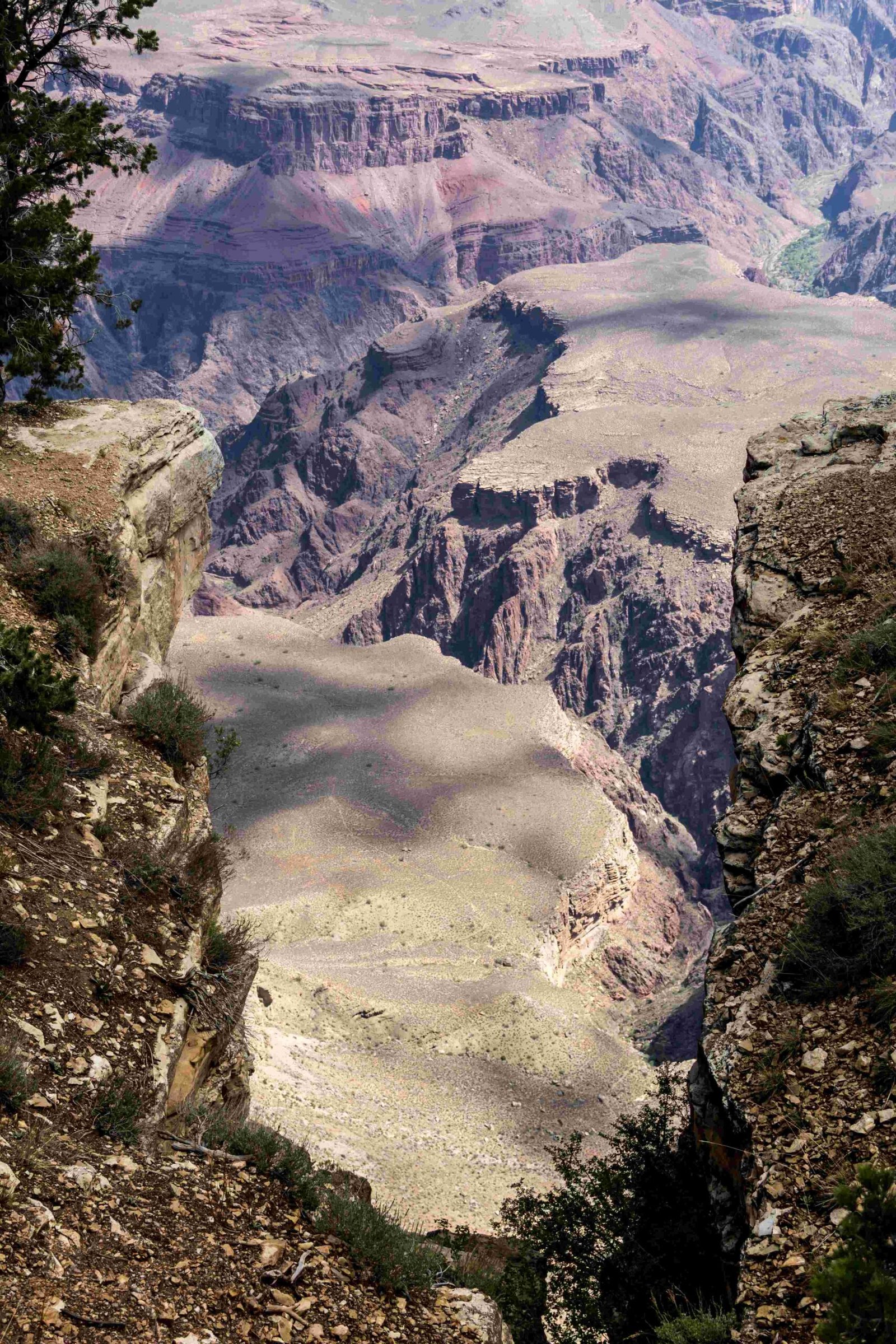The Grand Canyon, a geological marvel spanning millions of years, presents a complex fossil landscape where dinosaur bones are surprisingly absent. While the canyon’s rock layers reveal an intricate prehistoric story, they predominantly represent Precambrian and Paleozoic eras, lacking significant Mesozoic deposits that would typically contain dinosaur remains. Paleontology enthusiasts seeking dinosaur fossils will find the Grand Canyon more of a geological museum showcasing ancient marine life and early vertebrate records rather than dinosaur skeletal evidence.
What Geological Periods Are Represented in the Grand Canyon?

The Grand Canyon’s rock formations span an incredible geological timeline, primarily representing:
| Era | Time Period | Dominant Fossil Types |
|---|---|---|
| Precambrian | 1.8 billion – 541 million years ago | Microbial fossils |
| Paleozoic | 541 – 252 million years ago | Trilobites, brachiopods |
| Mesozoic | Limited representation | Minimal fossil evidence |
Why Are Dinosaur Bones Absent from the Grand Canyon?
The absence of dinosaur bones in the Grand Canyon can be attributed to several critical geological factors:
- Rock Layer Composition
- Predominantly older rock formations
- Limited Mesozoic era sedimentary deposits
-
Geological processes that did not preserve dinosaur remains
-
Erosion and Geological Transformation
- Extensive geological transformations
- Significant erosion processes
- Lack of continuous sedimentary layers from dinosaur-era periods
Where Can Dinosaur Fossils Be Found Near the Grand Canyon?
While the Grand Canyon itself lacks dinosaur bones, nearby regions offer rich paleontological discoveries:
- Grand Staircase-Escalante National Monument
- Numerous dinosaur species discovered
- Includes horned-faced and duck-billed dinosaurs
-
Tyrannosaur fossil sites
-
Arizona Paleontological Sites
- Petrified Forest National Park
- Northern Arizona fossil beds
- More representative of dinosaur-era geological formations
What Fossils Can Visitors Explore in the Grand Canyon?

Although dinosaur bones are absent, the Grand Canyon offers fascinating fossil experiences:
- Ancient marine invertebrate fossils
- Primitive vertebrate remains
- Microbial and trace fossils
- Geological evidence of prehistoric ecosystems
Visitor Recommendations for Fossil Enthusiasts
- Research Alternative Fossil Sites
- Plan visits to nearby paleontological locations
- Consult local geological museums
-
Join guided geological tours
-
Understand Geological Context
- Appreciate the Grand Canyon’s unique geological history
- Learn about prehistoric ecosystems
- Explore marine and early vertebrate fossil records
Scientific Significance of Grand Canyon’s Fossil Record
The Grand Canyon’s fossil record, while not containing dinosaur bones, provides invaluable insights into:
- Early life development
- Prehistoric marine environments
- Geological transformation processes
- Evolution of complex ecosystems
Practical Visitor Information
- Fossil Viewing Locations
- Visitor center exhibits
- Geological trail interpretive signs
-
Ranger-led geological programs
-
Photography and Documentation
- Permitted in designated areas
- Follow national park guidelines
- Respect preservation protocols
Conclusion
The Grand Canyon represents a complex geological narrative where dinosaur bones are conspicuously absent. While this might disappoint some fossil hunters, the canyon offers a rich, intricate story of prehistoric life that extends far beyond the dinosaur era.

